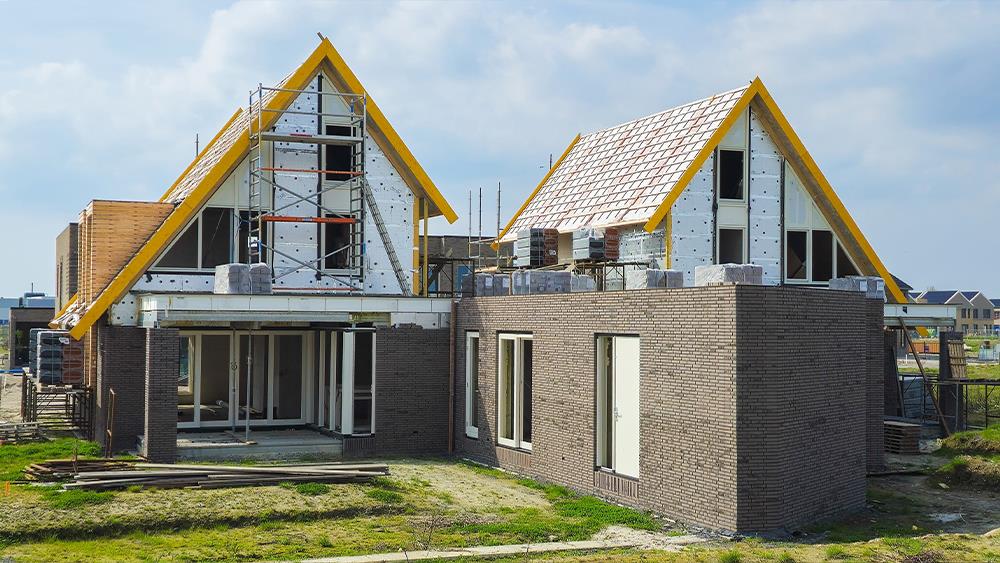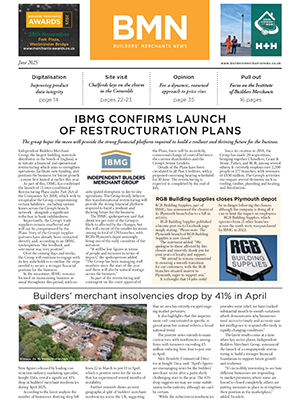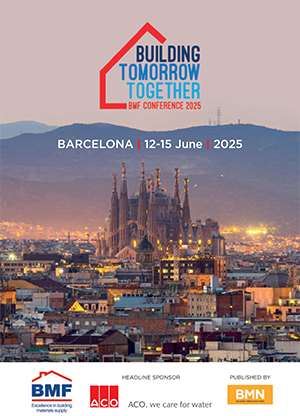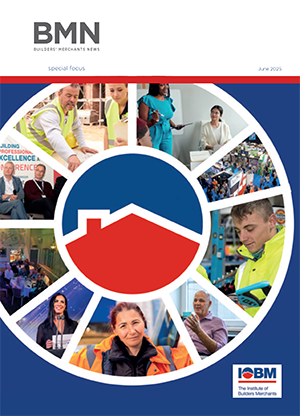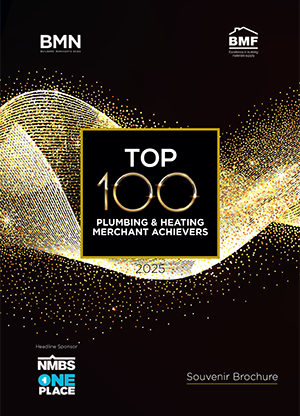LONDON: The scale of the both the opportunity and the challenge presented by the issue of sustainability was discussed at the Marketing Sustainability in Construction seminar last week.
Organised by the Chartered Institute of Marketing Construction Industry Group (CIMCIG) and its PR equivalent CAPSIG, the evening focused on the issue of how to sell the concept of sustainable building to the consumer.
Retrofit was the order of the evening. Setting the scene, Brian Berry, director of external affairs at the Federation of Master Builders pointed out that meeting the government target of an 80% reduction in CO2 emissions by 2050 would require an investment of between £3.5bn and £6.5bn a year.
The Government’s chosen method to fund much of this improvement is the Green Deal, set to launch in the autumn of 2012. Despite the vast amount of work needed to get this going, the Government is adamant that the scheme will launch on time – leaving the building industry with a huge marketing task to persuade consumers to get on board.
Mr Berry made the point that there has been huge emphasis on bringing new building up to high levels of energy efficiency so it now makes complete sense to focus on the 85% of homes that are already complete and that will still be standing in 2050.
The financial incentives offered by the Green Deal will be a huge help, but householders will still need persuasion to undergo the hassle of upgrading their homes.
Paul White of The Social Marketing Practice looked at ways of changing behaviour. Scare tactics, threats and promotion of purely technical capability is not the way forward. The key to success is to communicate with people in terms they relate to – sell benefits they are personally affected by (price, comfort, service) rather than arcane product attributes that may mean little (reduced carbon footprint, lower emissions, sustainably produced).
Mr White cited some examples such as the use of smart metres – once people can see how using individual devices affects their energy consumption then they are much more likely to take control of their energy consumption and work out the most efficient way to run their lives.
Fun helps too: Mr White showed the example of a staircase in the Stockholm Underground. Passengers were faced with the choice of using this staircase or riding the escalator next to it. An experiment involved painting the staircase to mimic the keys of a piano, with pressure pads so that the “keys” also played a note. Intrigued underground passengers abandoned the escalator: stair usage increased by 60%.This type of imaginative approach must be the way forward – engaging, encouraging and persuading.
Putting less sophisticated techniques in the spotlight, Liz Male, of Liz Male Consulting highlighted the increasingly tight regulations around terminology used in marketing.
New guidelines produced by the Advertising Standards Authority are just the latest in a series of standards attempting to control the proliferation of “Greenwash”. Increasing scrutiny is being placed on the use of terms such as “sustainable”, “recyclable”, “carbon neutral”. Advertisers beware – there are strict definitions attached to these terms, and any claim needs to be supported by verifiable research and results.
The promotion of green products will be a fiercely competitive arena – and one in which the competitors will not just be fellow manufacturers but some of the largest names on the high street. It will be up to all the individual companies operating within the construction industry to exploit this potentially huge market opportunity in the years ahead.



